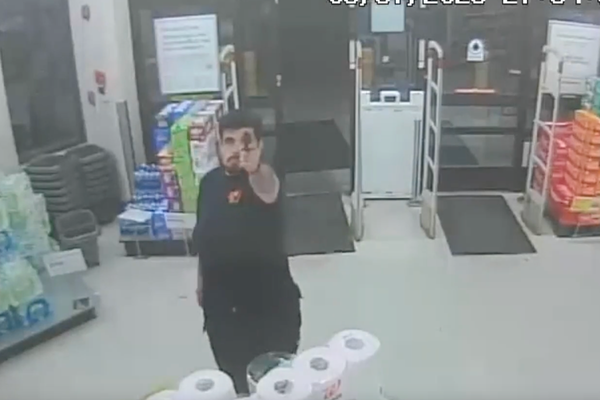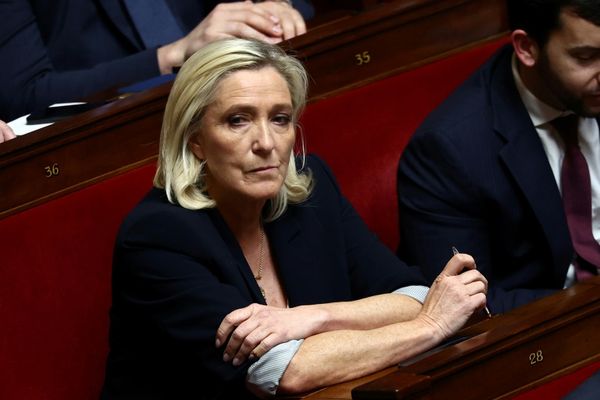
This may be a controversial thought, but I would argue that the area of London that still holds the most allure for both Londoners and visitors alike, is the East End.
I must admit that I might be slightly biased, as I grew up in Whitechapel in the 1990s, but I certainly believe that it is the area of the city with the most colorful history, elements of which still linger today.
A new exhibition entitled I Am Who I Am Now at the Four Corners Gallery on Roman Road, London, offers a unique insight into the history and everyday life of the Bengali East End of London.
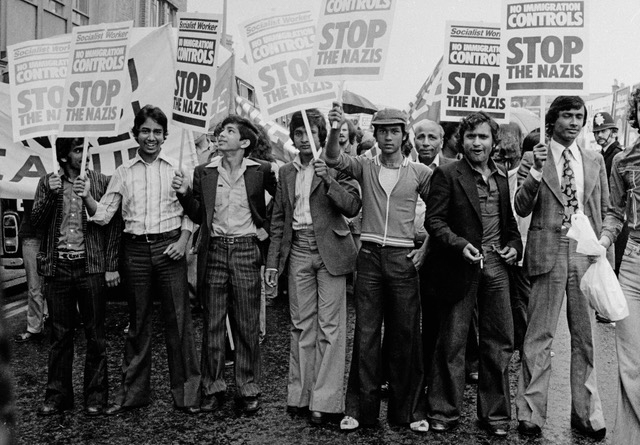
Although it was extended by popular demand, August 10 was the last day of the exhibit, however photographs can be seen on the Bengali Photo Archive, and all the photographs will be permanently housed with partner Tower Hamlets Local History Library and Archives, ensuring their long-term legacy.
I Am Who I Am Now: Selections from the Bengali Photo Archives focuses on vernacular photographs taken of, and more importantly by, Bengali people over the past 50 years in the East End.
Accompanied by oral histories, the exhibit focuses on the microcosms of family, to the transformative power of community spaces, illustrating the intricate interplay between individual experiences and the broader socio-political landscape of London’s East End.

The title of the exhibit is inspired by photographer Mayar Akash, who reflected, "I am who I am now," because of his transformative experiences working in East End Youth settings.
The central importance of such community spaces is shown in images of the Federation of Bangladeshi Youth Organisations, and musicians such as Joi Bangla, State of Bangal and Osmani Knights. These groups brought together politics, activism, arts and music to create a new Bengali youth culture in the 1980s.
The exhibition also features work by photographers Raju Vaidyanathan, Mayar Akash, Anthony Lam, Paul Halliday, Sarah Ainslie, David Hoffman, Paul Trevor and others, documenting the community’s working lives, activism, and anti-racist struggles.

Julian Ehsan, exhibition curator says:
"I Am Who I Am Now reveals the power of community history and telling the stories of everyday people. Working collaboratively with project volunteers and people who appear in the archive itself, this exhibition re-centres the curatorial process – and the curatorial power – to emphasise voices that are often hidden or ignored. As a person of Bengali heritage myself, it has been poignant to work with intimate and evocative images of, and by, the diaspora."

The subject of migration and the East End have been consistently connected for a very long time. Its proximity to the River Thames made Tower Hamlets a hotbed of trade and immigration since before the 16th century.
The first Chinatown was established in Limehouse in the early 1800s until the 1960s, and the area has been a home to French Hugeunot, Jewish, German, African Caribbean, and South-East Asian communities over the years.
All these people brought with them different cultures, languages, folklore, food and festivals, and it’s this incredible and unique diversity that makes East London so fantastic, not the trendy bars, brunch spots, and thrift stores.

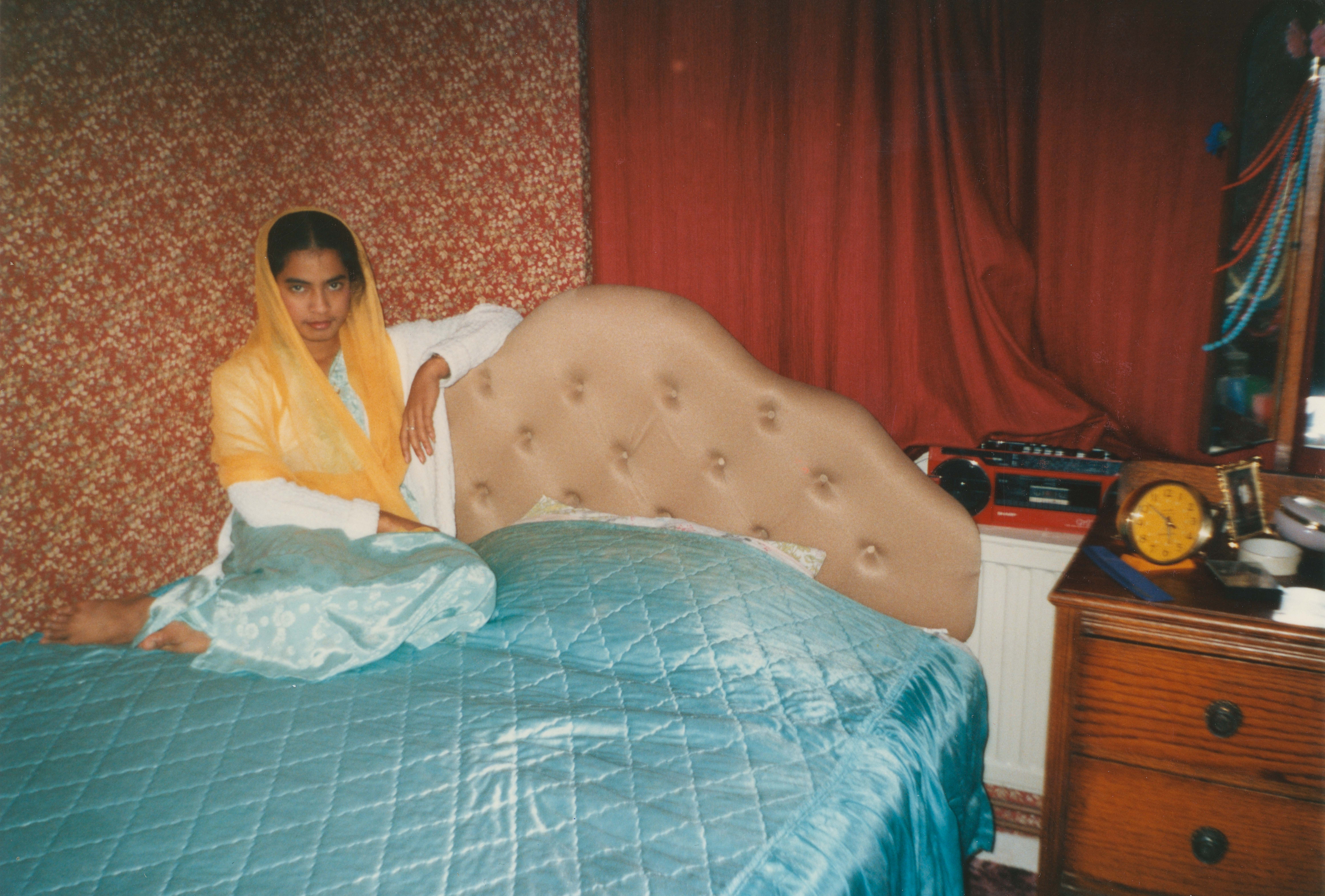
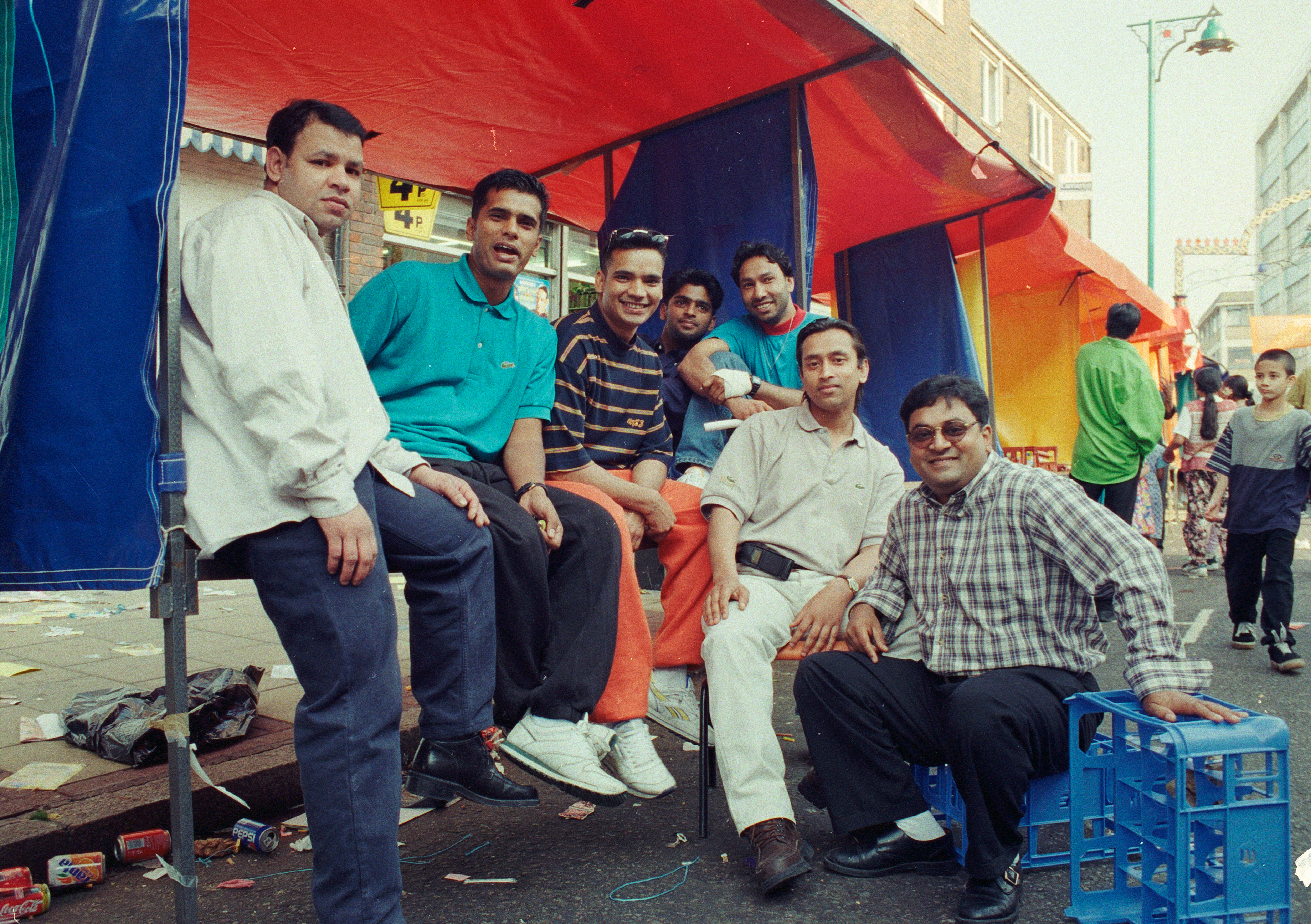
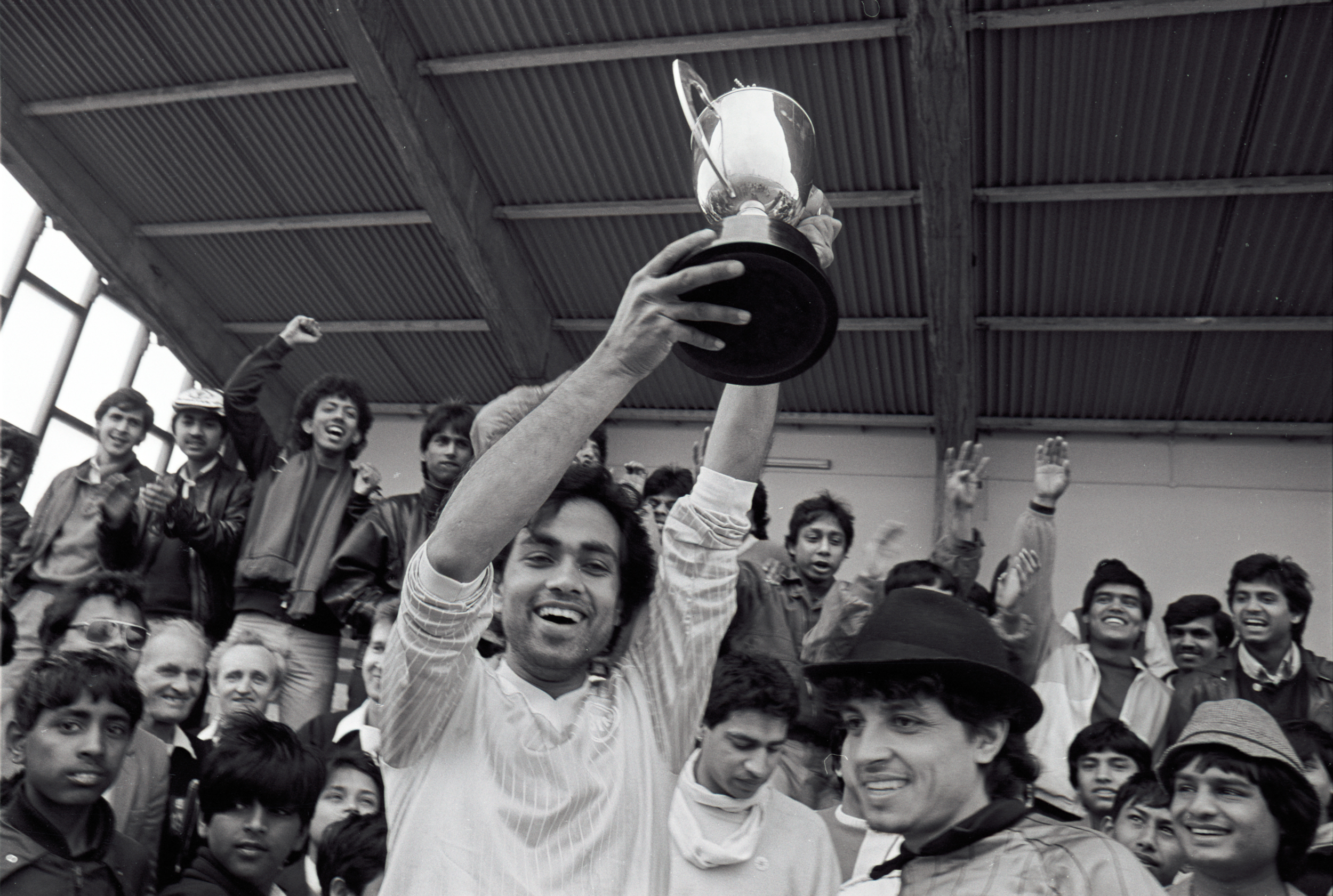
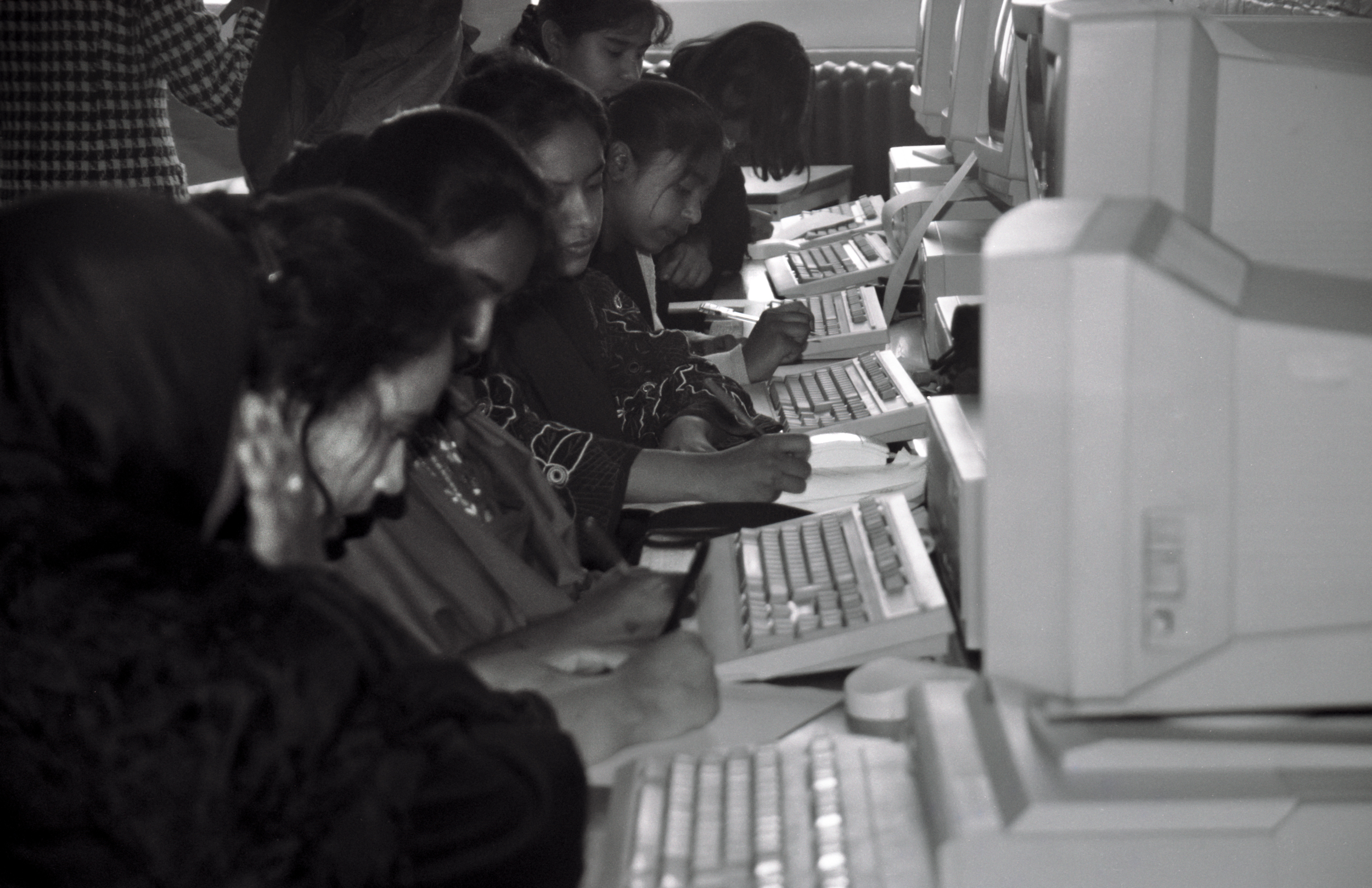
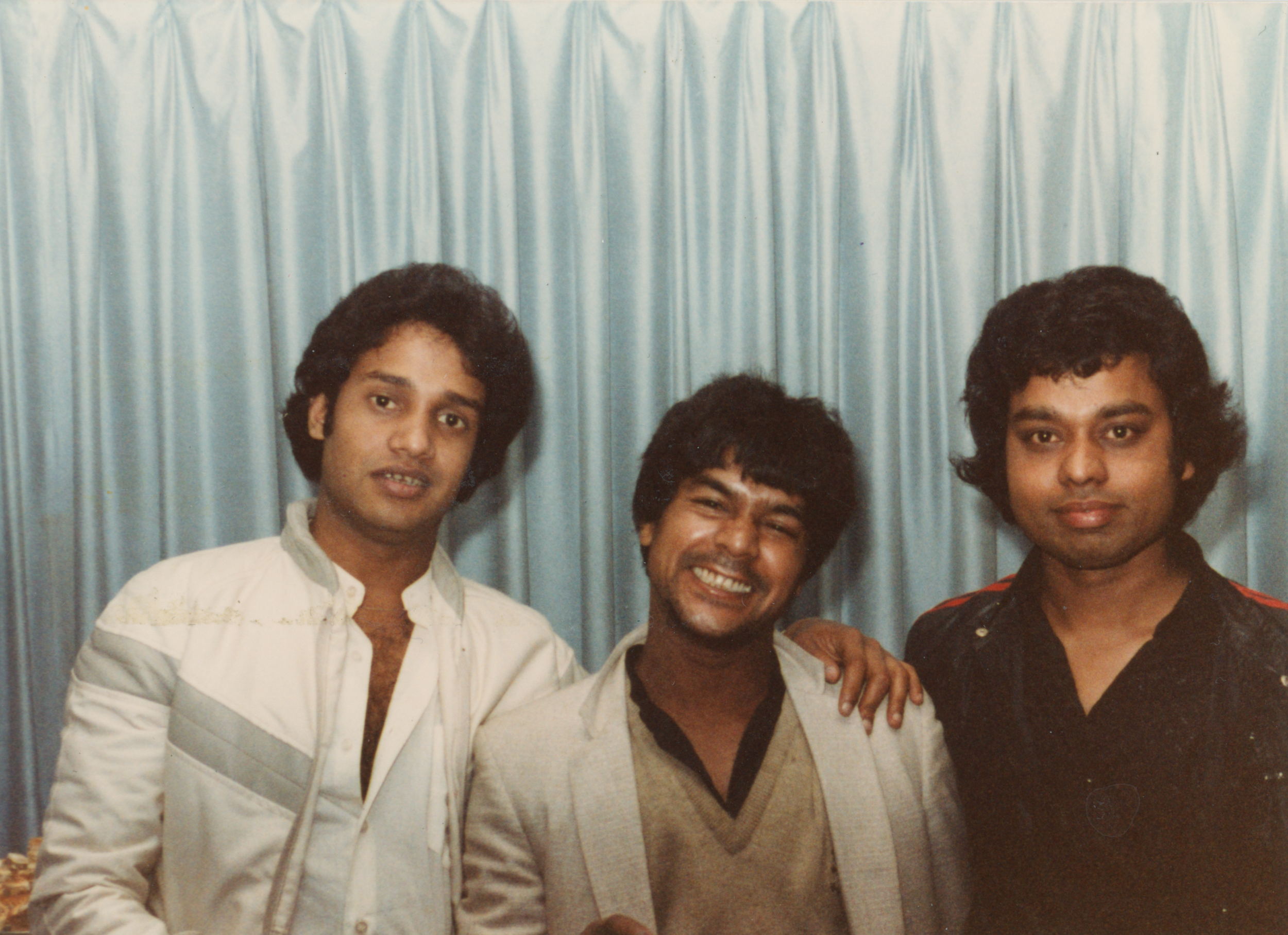
Take a look at our guides to the best film cameras, and the best 35mm film to use.

